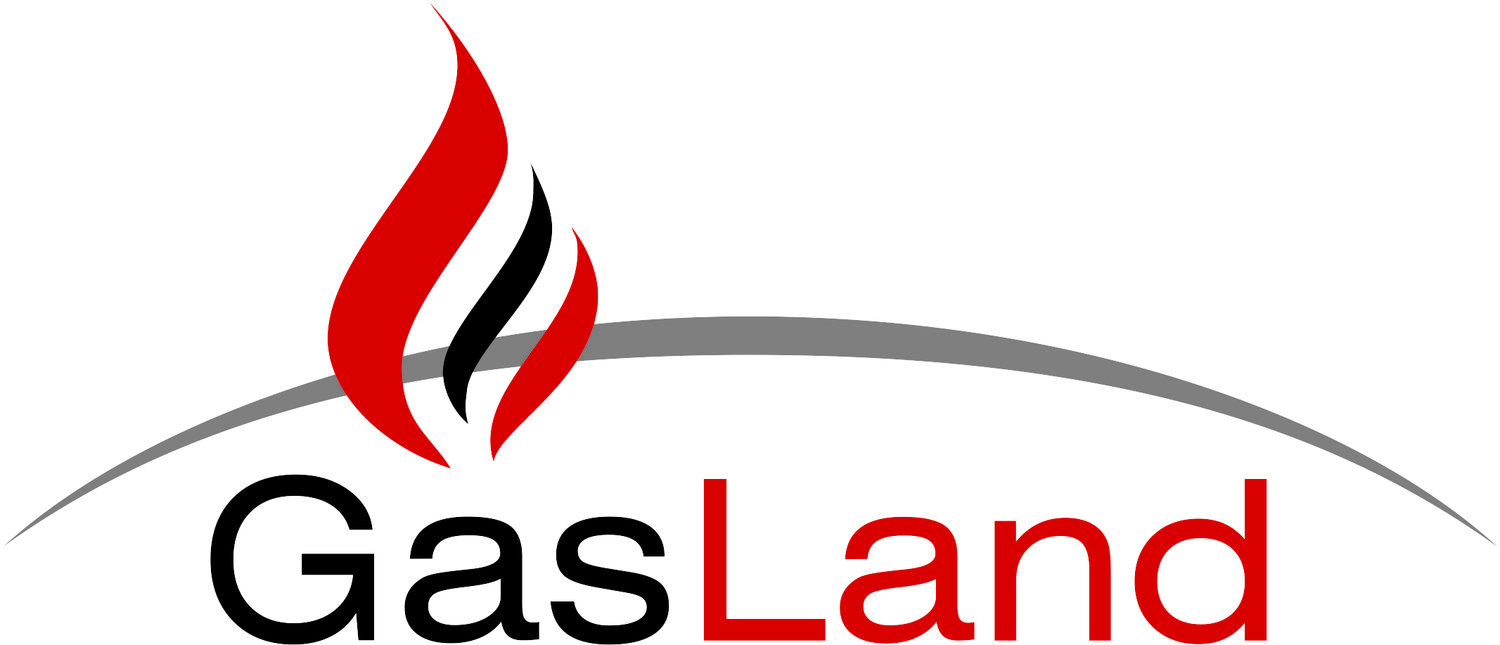Over the past decade, the United States and Australia have seen a jolting “investment boom to build new LNG import facilities”. Though all players trail Qatar in magnitude, the two countries are, respectively, the fastest growing exporters of liquid natural gas in the world (See Figure A):
Meanwhile, Asia drives demand in the market as Japan, China, and South Korea have solidified their positions as the top global importers (See Figure B):
The LNG wave rolls on, strong as ever, as new plants go online and liquefaction capabilities multiply within and beyond standard markets. Canada is one of the most enthusiastic nontraditional actors interested in breaking the LNG barrier. With a narrow window of opportunity, Canada has been steadfastly supporting the industry’s development. Stipulating four conditions - “a guaranteed fair return for British Columbia’s natural resources; guaranteed jobs for British Columbians; respect and make partners for First Nations; and protect British Canada’s air, land, and water” - the Canadian government confirms its strategic commitment to its burgeoning LNG industry, prioritizing principles of sustainability alongside hard investment. A few lingering Canadian LNG projects include Kitimat LNG, LNG Canada, Cedar LNG Project, Woodfibre LNG, Steelhead LNG, Goldboro LNG, and Bear Head LNG.
The confluence of strong supply-side investment – indicated by several pending final investment decisions - and formitable market demand (especially in emerging economies) seems to signify a promising trend in LNG.
Yet with rising production capacity comes the worry of a supply surplus and, correspondingly, depreciated pricing. As for the LNG long view, only time will tell.
References:
https://energi.news/news/global-lng-trade-growth-australia-usa/
https://www.nrcan.gc.ca/energy/natural-gas/5683


